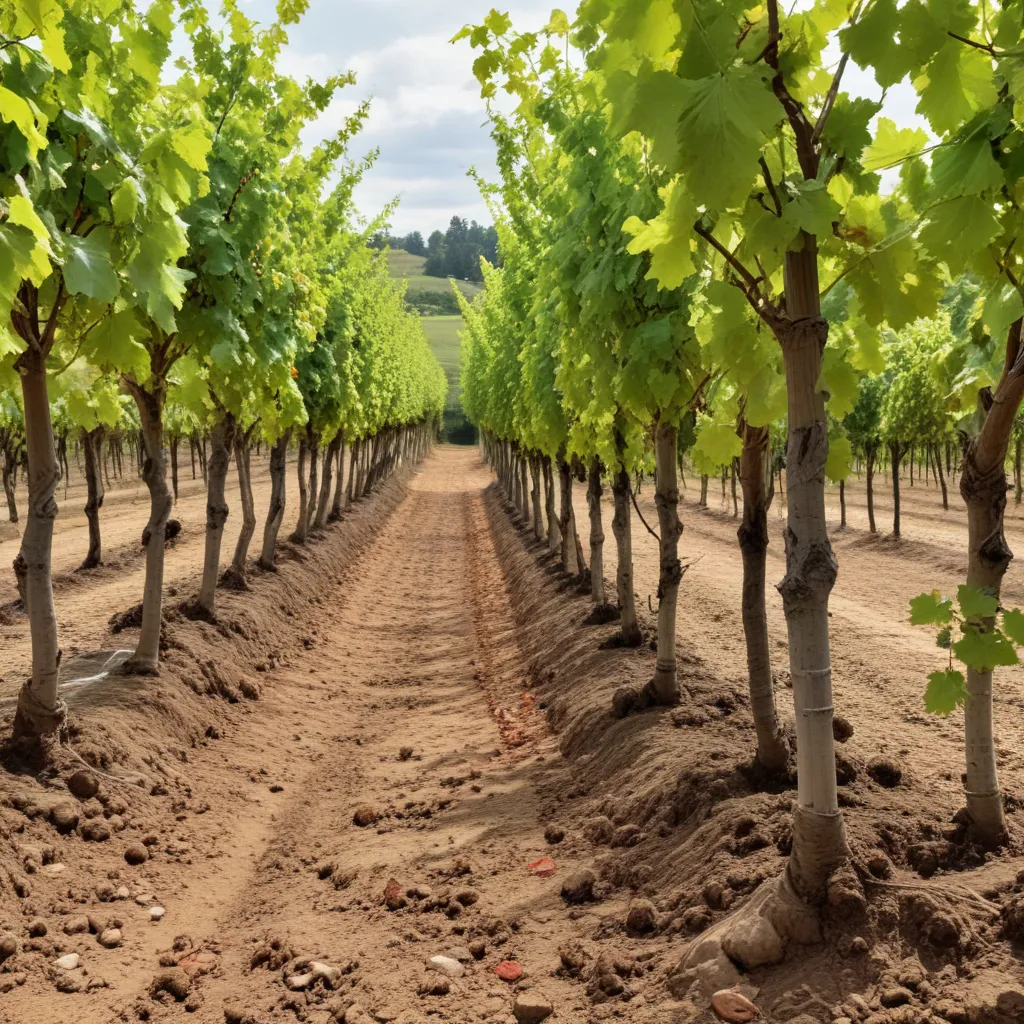
Unlocking the Secrets of Terroir: How Soil and Climate Shape Wine
As you sip your favorite vintage, have you ever wondered what factors give it such distinct character? The answer lies in the captivating concept of terroir – the intricate interplay between a wine’s environment, soil, and climate that shapes its unique flavors, aromas, and textures. Explore this fascinating world with us as we delve into the secrets of terroir and uncover how the very earth beneath the vines influences the wines we love.
Understanding the Concept of Terroir
At its core, terroir is the French term that encapsulates the environmental conditions that impart a wine’s distinctive personality. Far beyond just the grape variety, terroir encompasses the soil composition, topography, climate, and even the human element of winemaking. It is the ultimate expression of a wine’s place of origin, a testament to the natural and human forces that converge to create each bottle’s unique identity.
As we’ll discover, terroir is not a one-size-fits-all concept; rather, it’s a deeply nuanced and location-specific phenomenon that can vary dramatically, even within a single wine region. The interplay of soil, climate, and human intervention is what gives each wine its own captivating story to tell.
The Role of Soil Composition
Soil is the unsung hero at the heart of terroir, quite literally laying the foundation for a wine’s character. The mineral content, drainage, and physical structure of the soil all contribute to the ultimate quality and expression of the grapes.
Mineral Content and Nutrient Availability: The unique mineral profile of a vineyard’s soil can impart distinct flavors and aromas to the wine. Soils rich in limestone, for example, often produce wines with high acidity and a pronounced minerality, while those with greater clay content tend to yield fuller-bodied, more structured wines.
Drainage and Water Retention: The ability of the soil to drain excess water while still retaining enough moisture for the vines is crucial. Well-draining soils can prevent waterlogging and encourage the vines to develop deeper root systems, seeking out the necessary water and nutrients. This dynamic interplay between soil and water is a key factor in a wine’s terroir.
Soil Texture and Structure: The physical composition of the soil, ranging from sandy to clay-heavy, also plays a significant role. Sandier soils typically produce lighter, more delicate wines, while clay-dominant soils can result in richer, more robust expressions. The very texture of the soil can even influence the mouthfeel and tannin structure of the finished wine.
Climate’s Influence on Wine Characteristics
The regional climate is the second major component of terroir, working in concert with the soil to shape a wine’s personality. From temperature fluctuations to precipitation patterns, the climatic conditions of a vineyard can profoundly impact the growth, maturation, and ultimate flavor profile of the grapes.
Temperature Variations and Grape Maturation: The interplay of warm days and cool nights, or the contrast between coastal and inland regions, can significantly influence the pace of grape ripening. Cooler climates, for instance, often yield grapes with higher acidity and more delicate, aromatic profiles, while warmer regions tend to produce riper, fuller-bodied wines.
Precipitation Patterns and Water Stress: The amount and timing of rainfall can make or break a vintage. Adequate moisture during the growing season ensures healthy vine development, while periods of drought can induce beneficial “water stress” that concentrates flavors and tannins. Too much rain, on the other hand, can dilute a wine’s intensity and compromise quality.
Sunlight Exposure and Photosynthesis: The quantity and quality of sunlight incident on the vines also plays a crucial role. Increased sun exposure can enhance the production of aromatic compounds and anthocyanins (responsible for a wine’s color), while shaded areas may yield more herbaceous or vegetal notes.
Exploring Regional Terroir Expressions
When you taste a Bordeaux, a Burgundy, or a Chianti Classico, you’re not just experiencing the flavors of the grapes – you’re also savoring the unique terroir of that specific winegrowing region. Each location has its own distinctive stamp, shaped by the interplay of soil, climate, and the winemaker’s hand.
Distinctive Flavors and Aromas: The influence of terroir is evident in a wine’s flavor profile, from the bright, high-acid whites of the Loire Valley to the robust, earthy reds of the Rhône. Subtle yet discernible differences in aroma, texture, and mouthfeel can often be traced back to the unique terroir of the region.
Unique Grape Varietals and Styles: Certain grape varieties thrive in specific terroirs, resulting in wines that are distinctly associated with a particular region. Pinot Noir, for example, is revered for its ability to capture the nuances of Burgundy’s diverse soils, while Sangiovese is synonymous with the rolling hills of Chianti Classico.
Terroir and Winemaking Techniques: Even the winemaker’s approach is influenced by terroir, as they strive to coax the best from the land. From the choice of fermentation vessels to the decision to age the wine in oak, each step in the winemaking process is a careful dance with the land’s unique characteristics.
As you explore the world of wine, remember that every sip is a window into the secrets of terroir – a testament to the harmonious collaboration between soil, climate, and the human touch. Whether you’re savoring a classic Bordeaux or discovering a hidden gem from a lesser-known region, the essence of terroir is there, waiting to be unlocked and appreciated. Dive deeper into this captivating world by exploring the Wine Garden Inn’s collection of estate-grown wines and wine tasting experiences, where the story of terroir unfolds in every glass.
